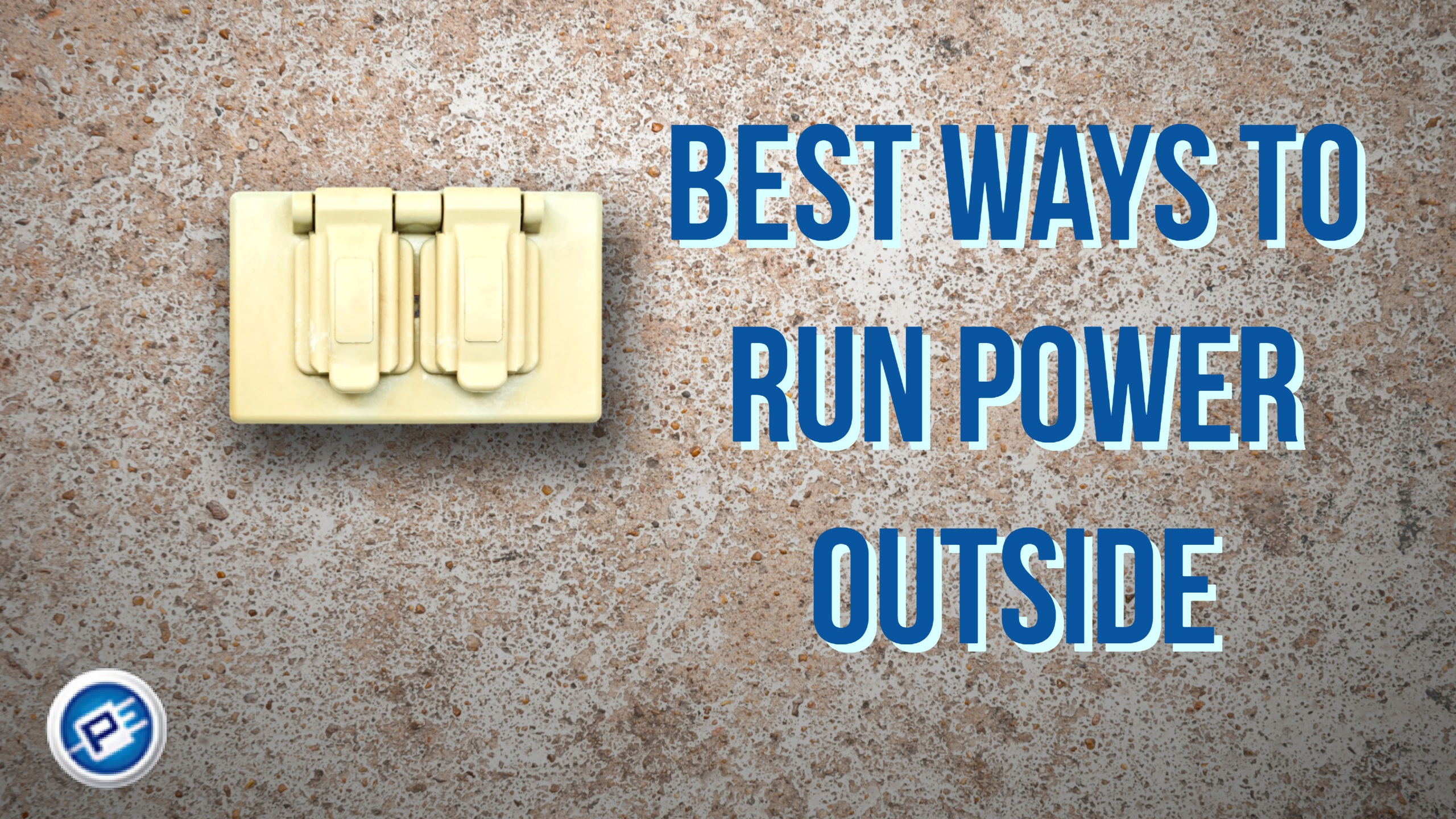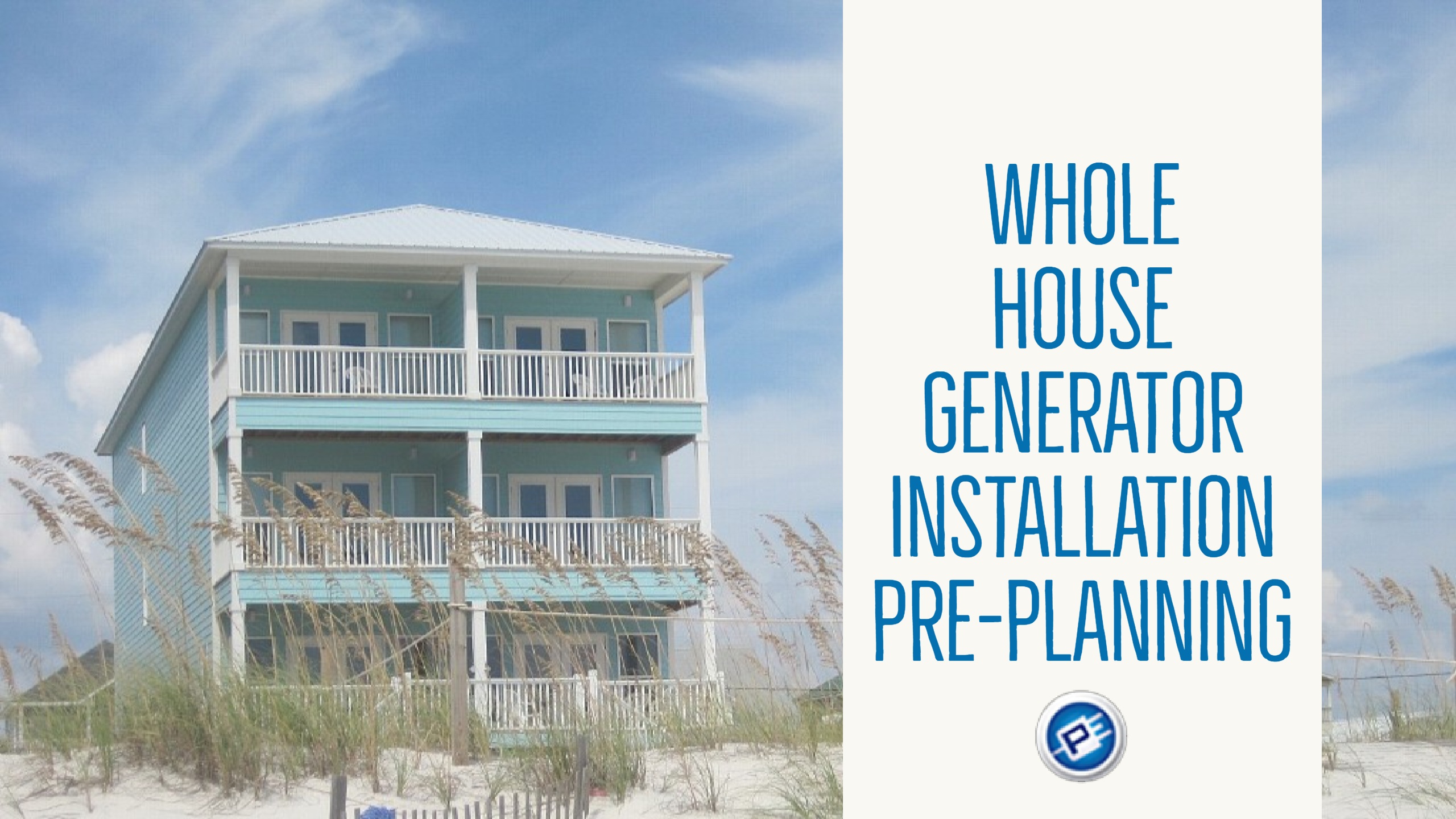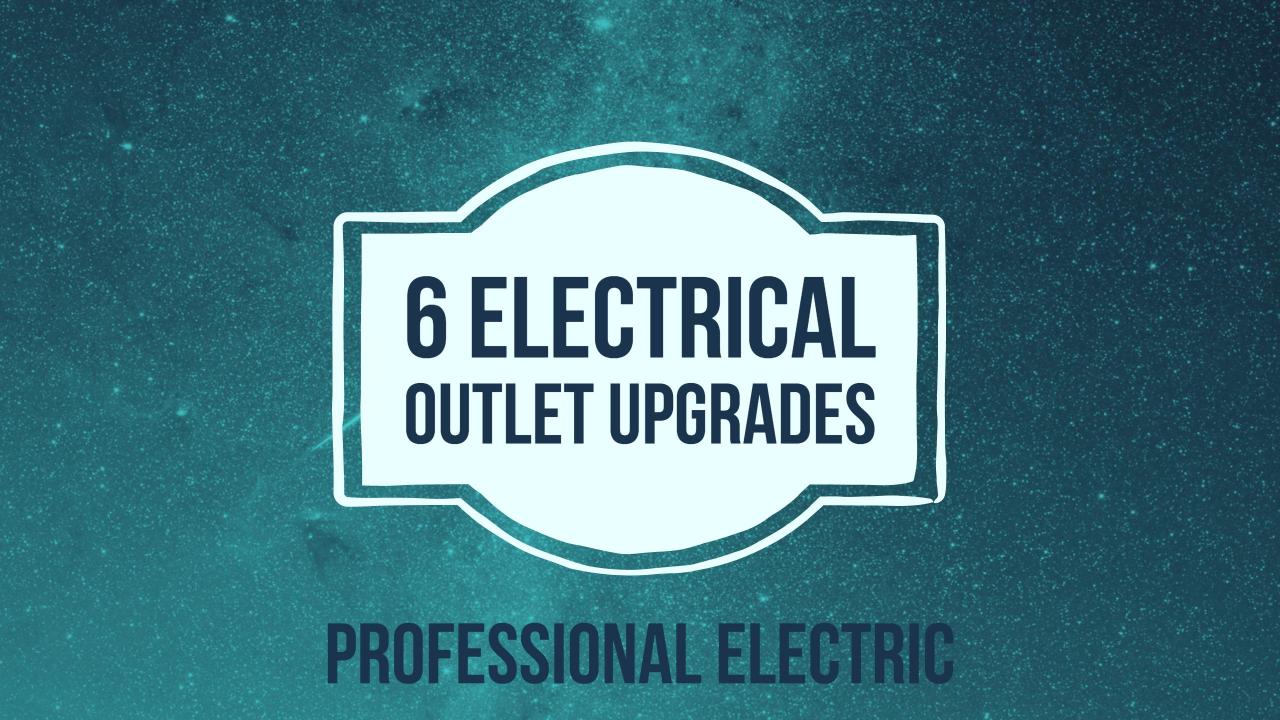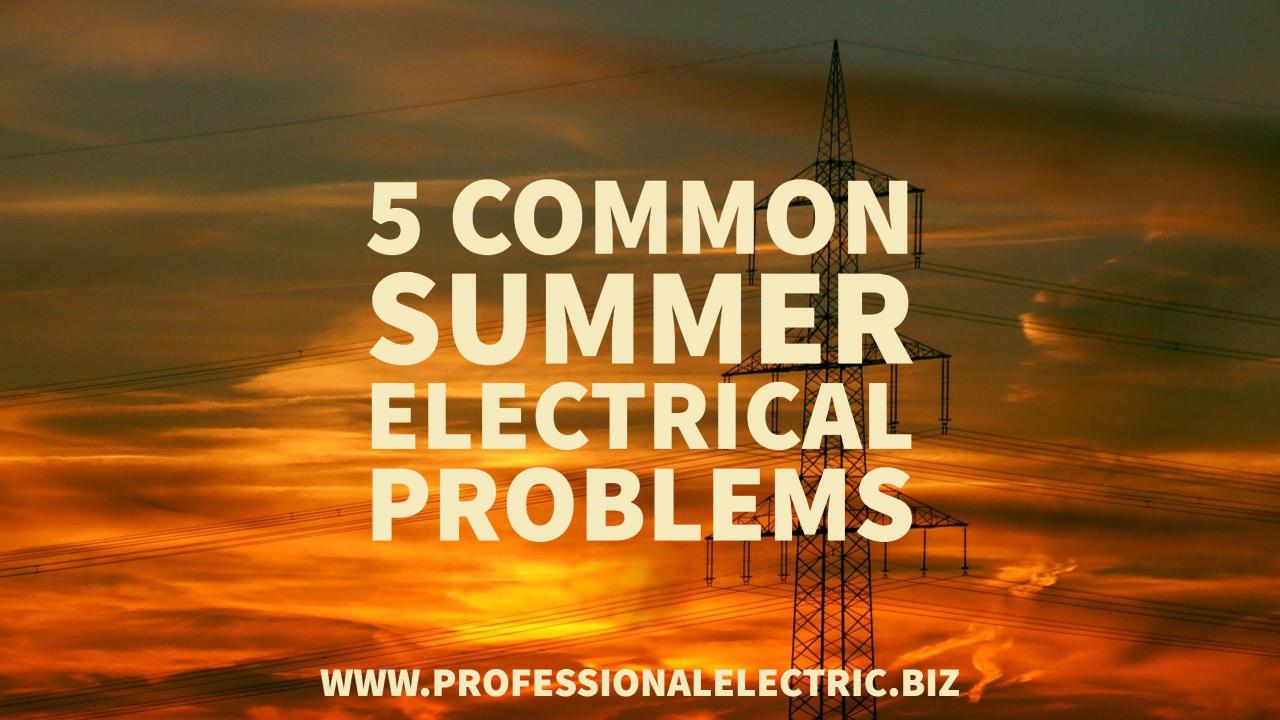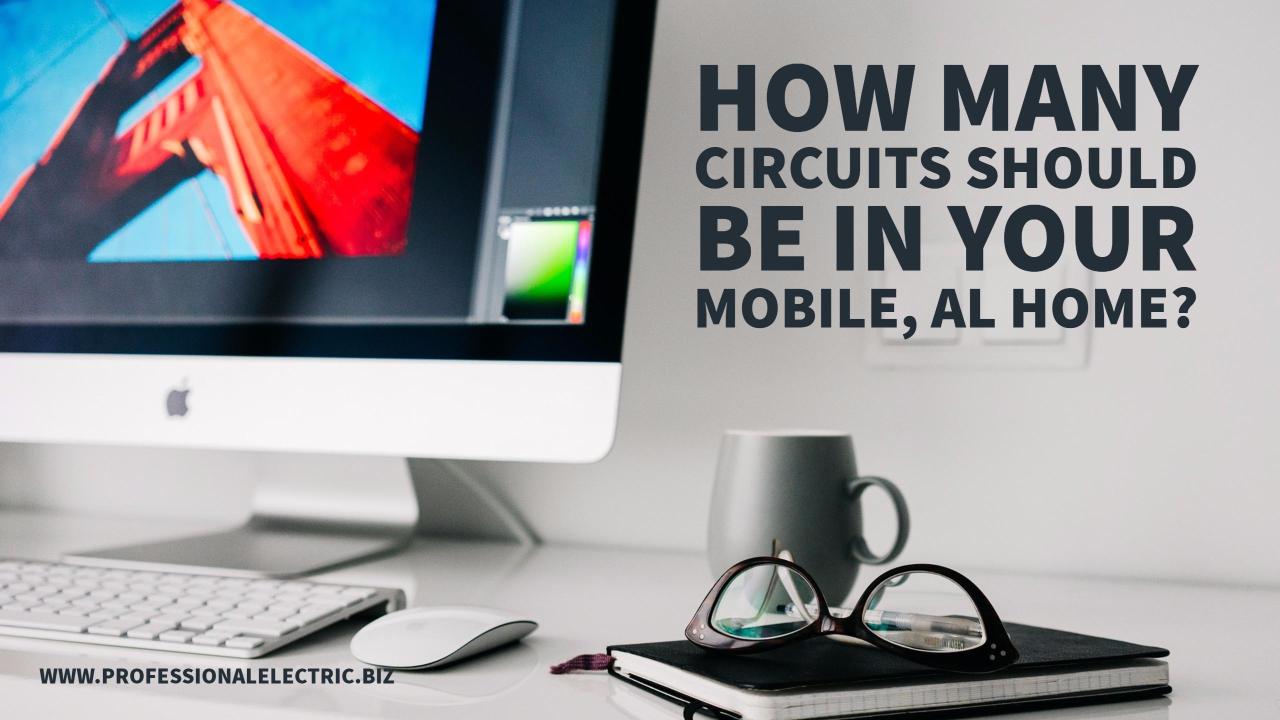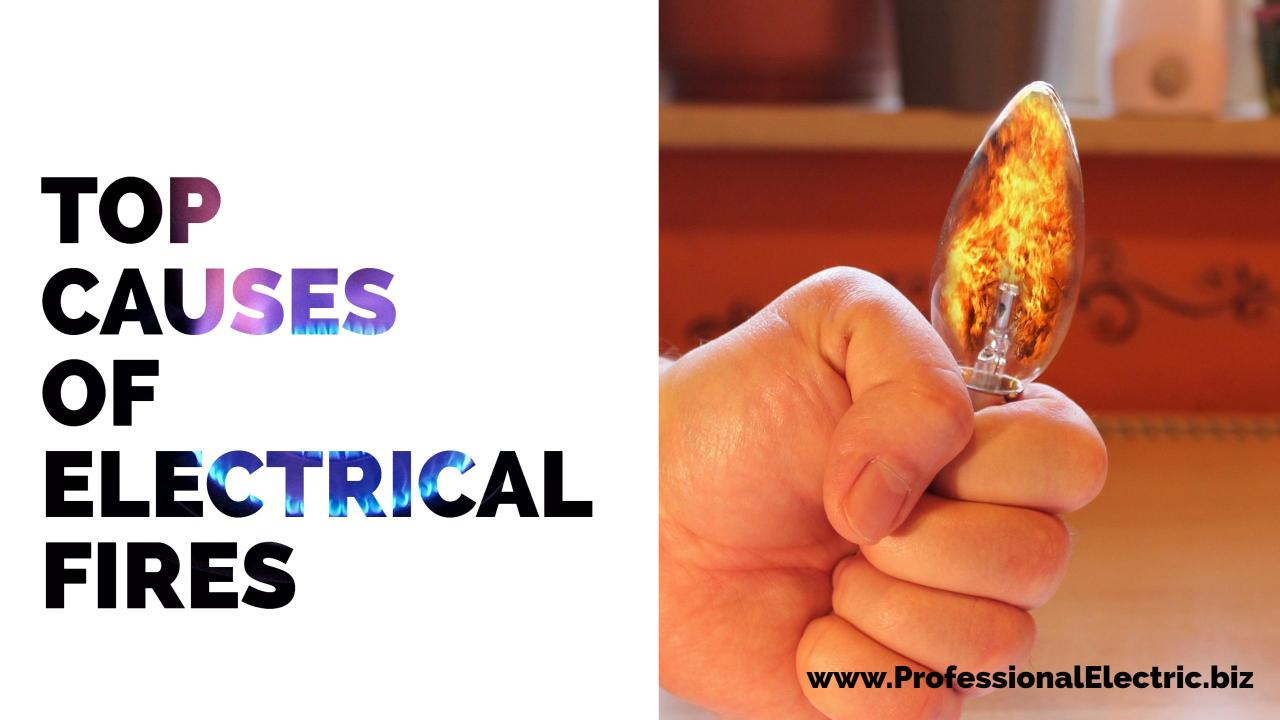There are a few ways to run your power outside for anything ranging from lights to a detached building outside your home. Below are some ways to tackle your project:
Extension Cord
One of the ways to run power outside is an extension cord. This is an inexpensive way to gain some quick power, however, it comes with a few drawbacks. It can be unsightly, certainly, a trip hazard and only leaves you with a limited amount of amperage and reach. It will also need either a GFCI pigtail to be connected to a GFCI receptacle or part of a circuit that is protected by a GFCI circuit breaker.
Run a conduit from existing circuit to a receptacle
Running a conduit usually underground to your desired location and then setting up a receptacle is probably the most common way of getting power outside. It consists of attaching to a present circuit or installing a new breaker running wire inside the weatherproof conduit to a GFCI receptacle or from a GFCI circuit breaker. Installed in accordance with local and federal laws, this is the cheapest and easiest way for power.
Run a branch circuit from power panel to subpanel
Sometimes one receptacle simply isn’t enough. In this case, running a branch circuit from your power panel in a conduit to feed a subpanel in an outside structure is the only way to go. This requires you to have sufficient amount of amperage available in your service panel to be able to do so. From the subpanel, you can install breakers to run receptacles and lights or whatever you please. This is usually the best idea when powering up a small shop shed or outline structure.
Conclusion
Doing it yourself has been popular more than ever for homeowners. There are more resources available to show you the correct way to do this than ever before. When dealing with projects especially involving electricity, it is very important to know your limitations. Special tools and training are needed for electrical work. Quite often the best and safest way is to call Professional Electric at 251-473-5788.
If you are in need of any residential or commercial electrical services or LED lighting in Baldwin County or Mobile, Alabama look no further than Professional Electric! Visit us online at www.ProfessionalElectric.biz and connect with us on Facebook and Twitter! We are available 24/7 for emergency services! Mobile: (251) 473-5788 Baldwin County: (251) 929-8957 Remember, when it comes to your electrical needs, Keep It Professional!
© Southern View Media 2018: Reproduction without explicit permission is prohibited. All Rights Reserved. “We Put You Online So You Don’t Get Left Behind.”

